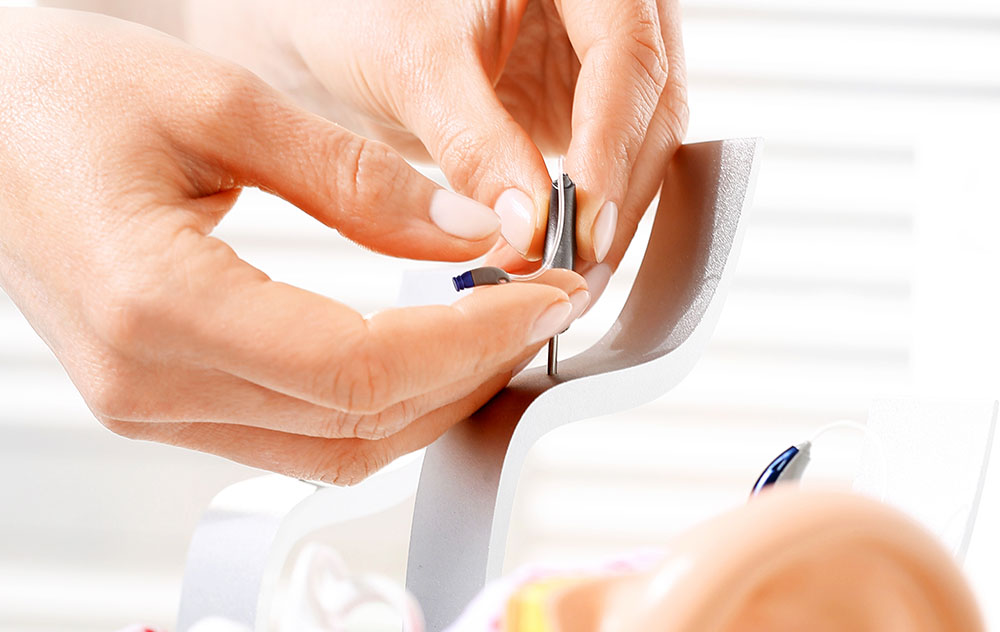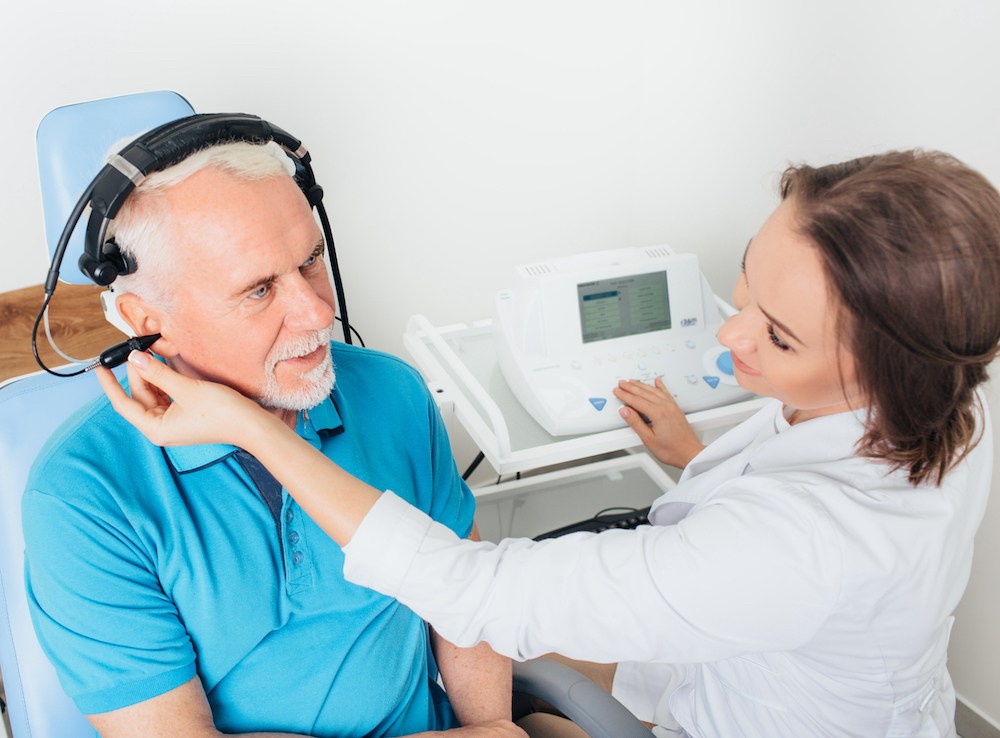The Role of Technology in Managing Hearing Loss
Technology has changed the way people manage hearing loss, offering


Technology has changed the way people manage hearing loss, offering

When you schedule a hearing test with an audiologist, you might assume

Your hearing affects everything from following conversations at family